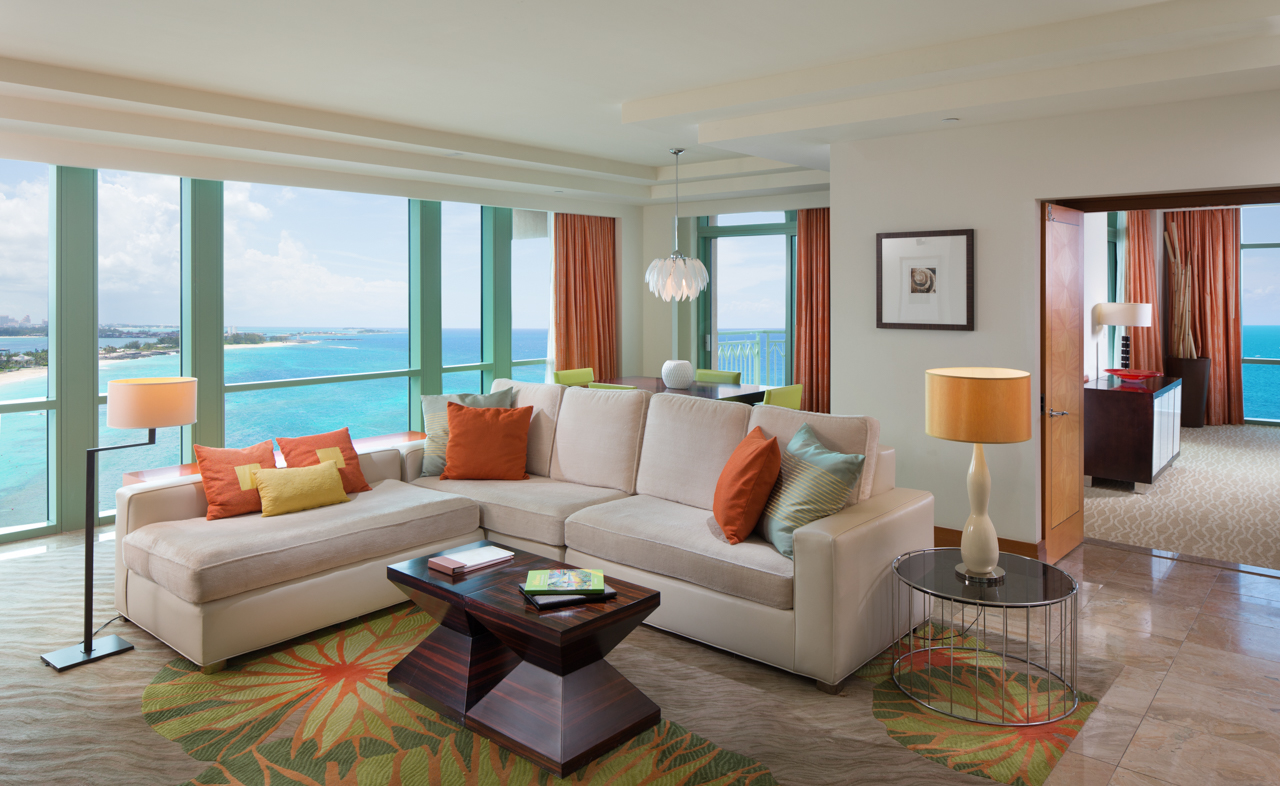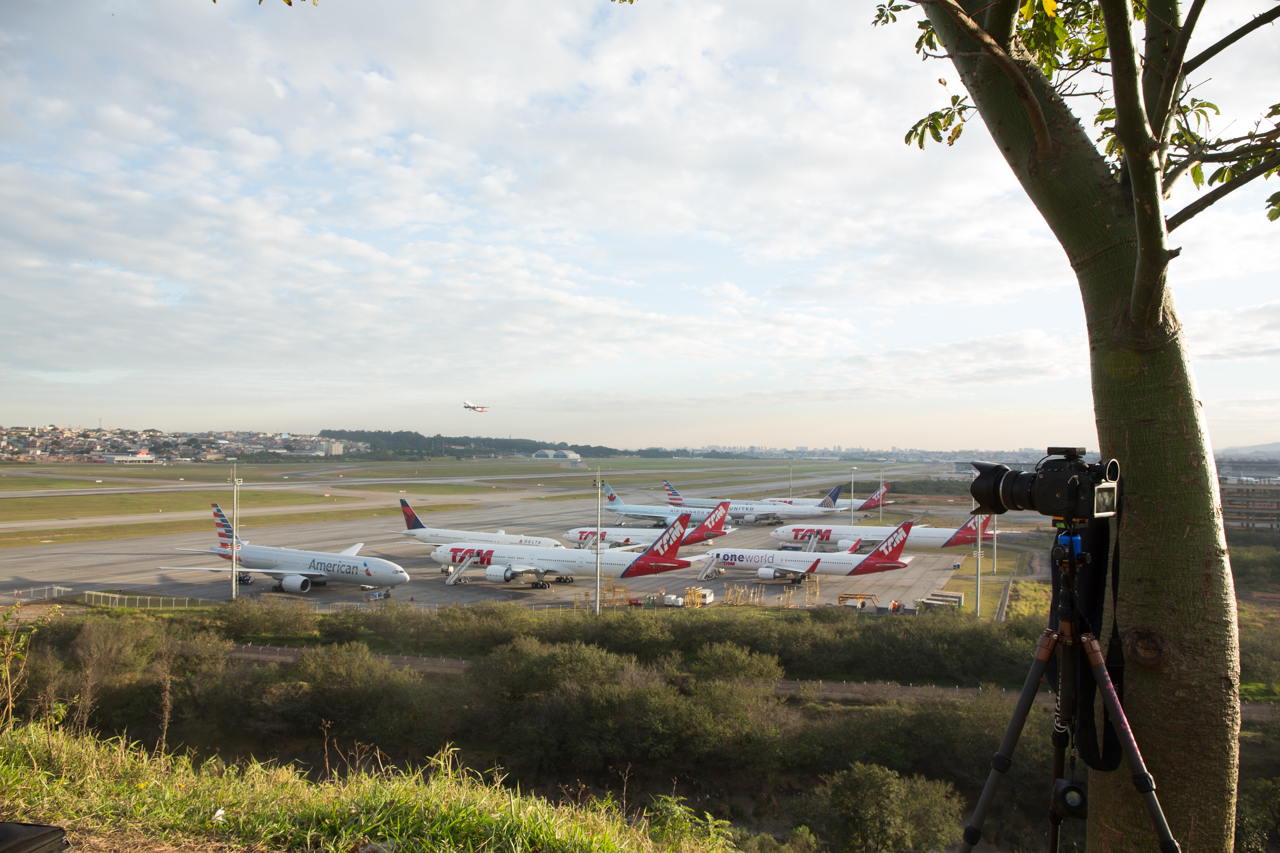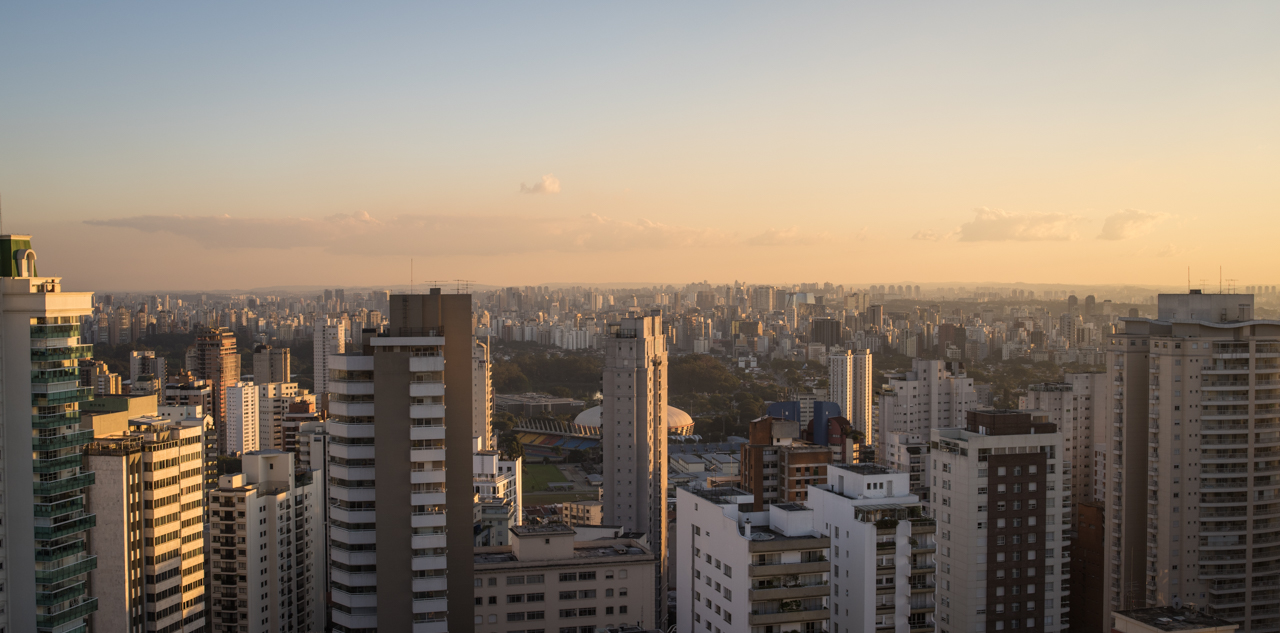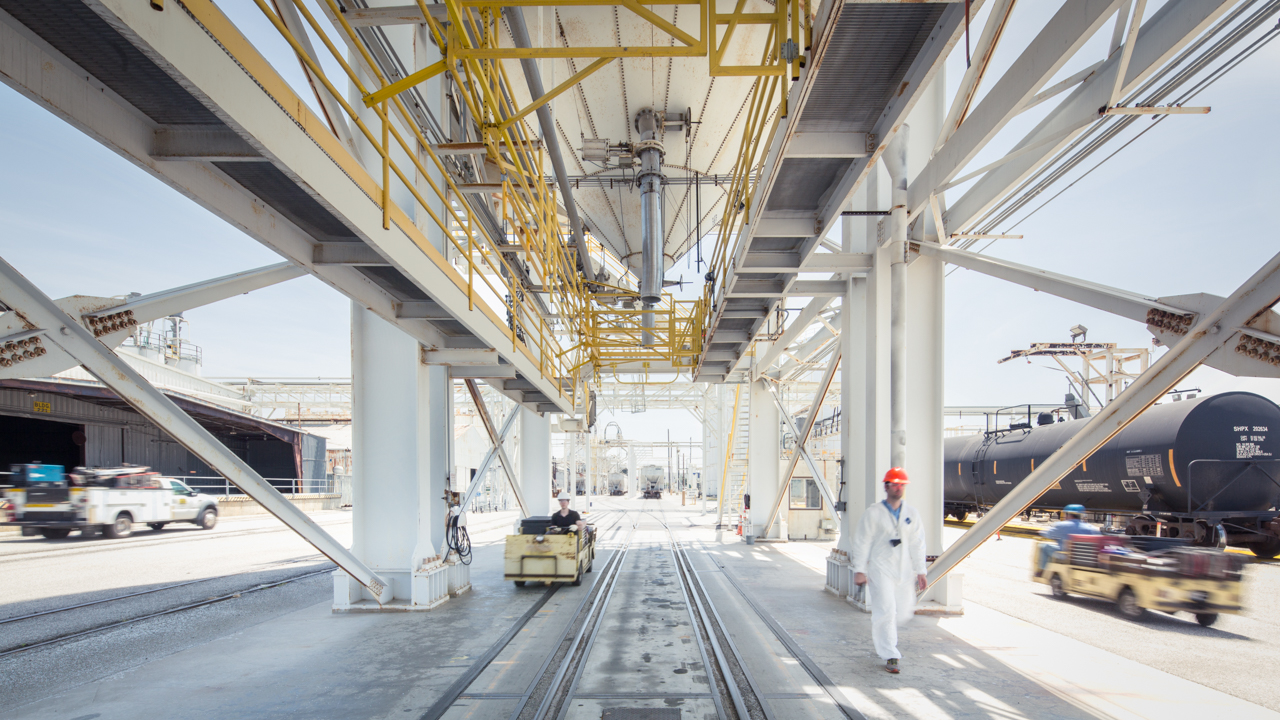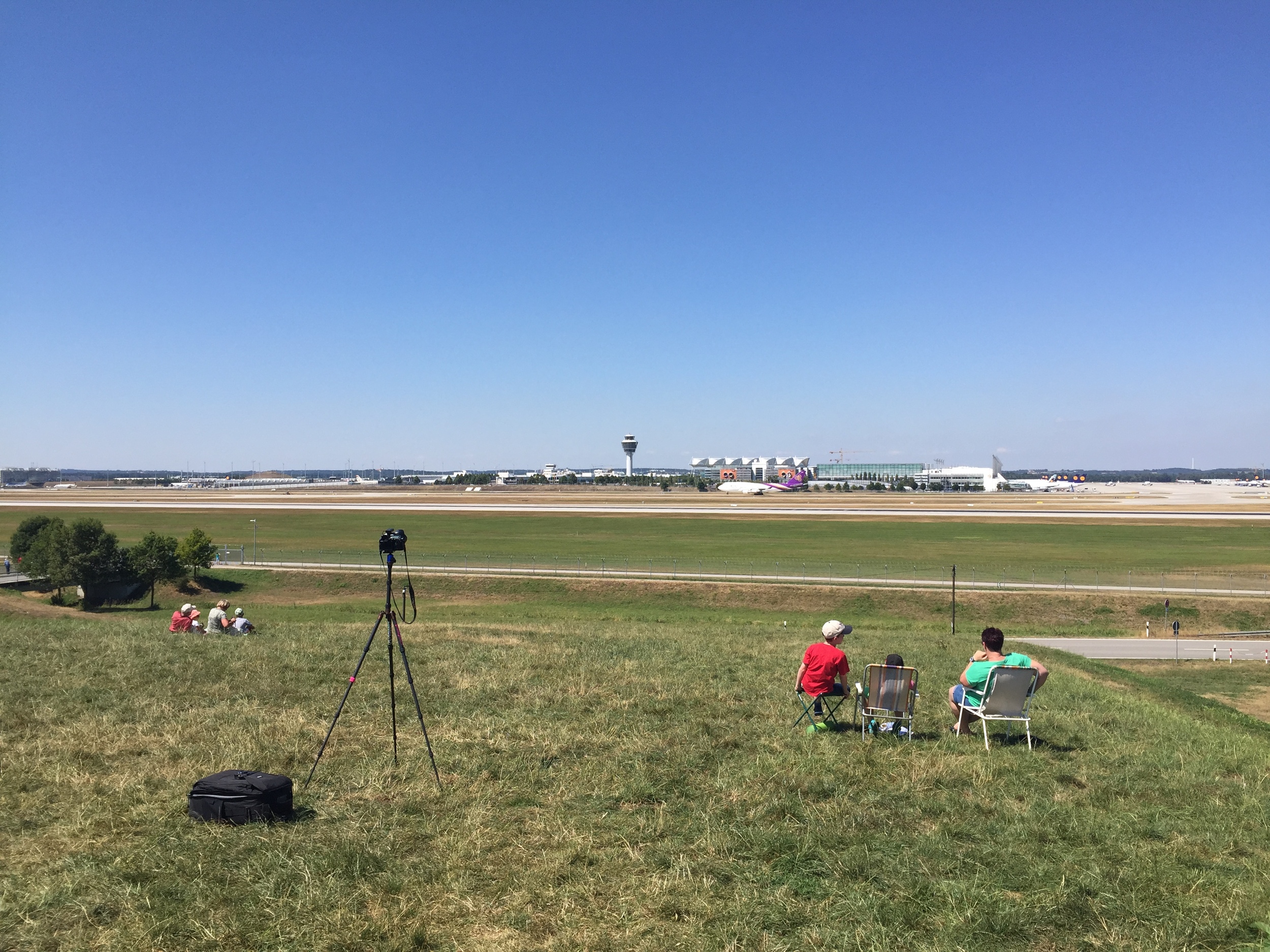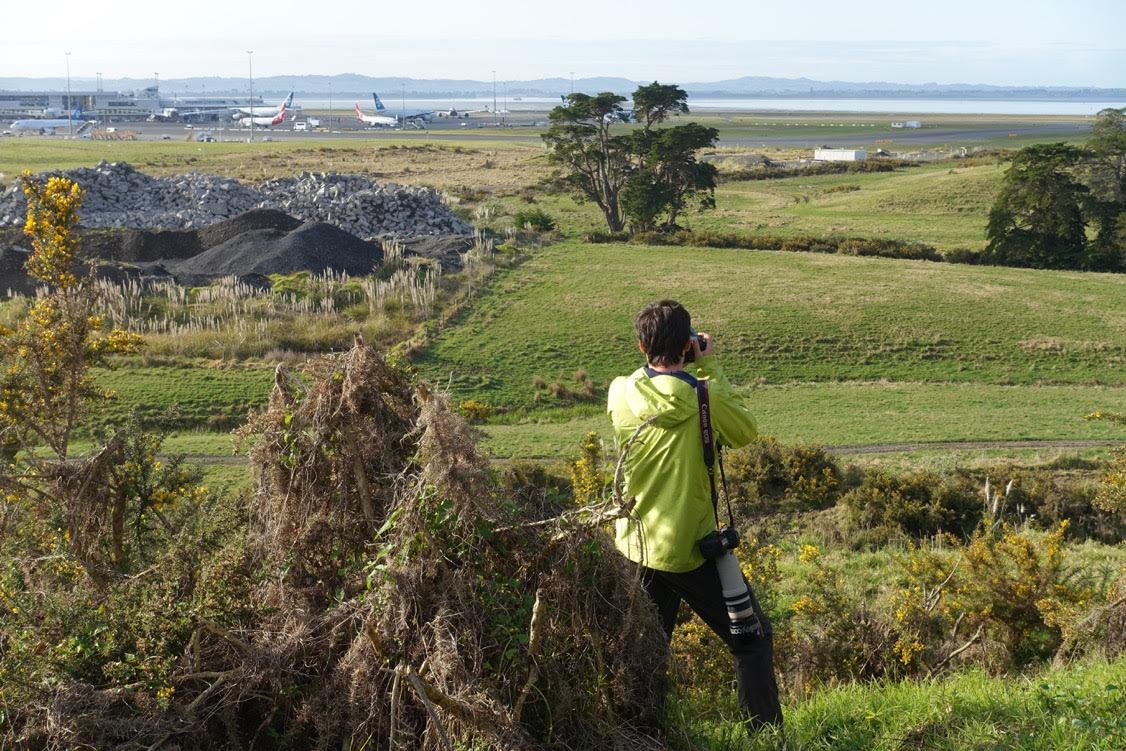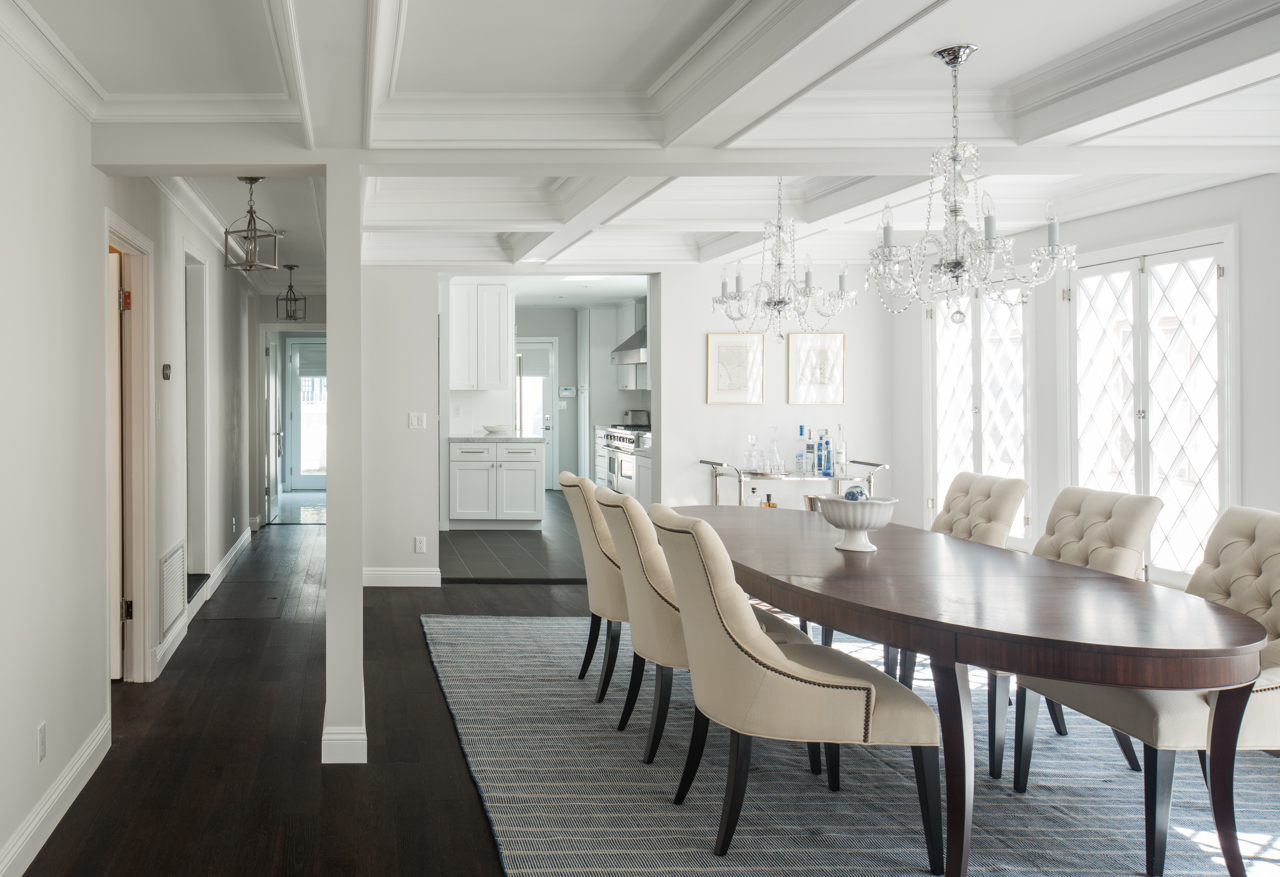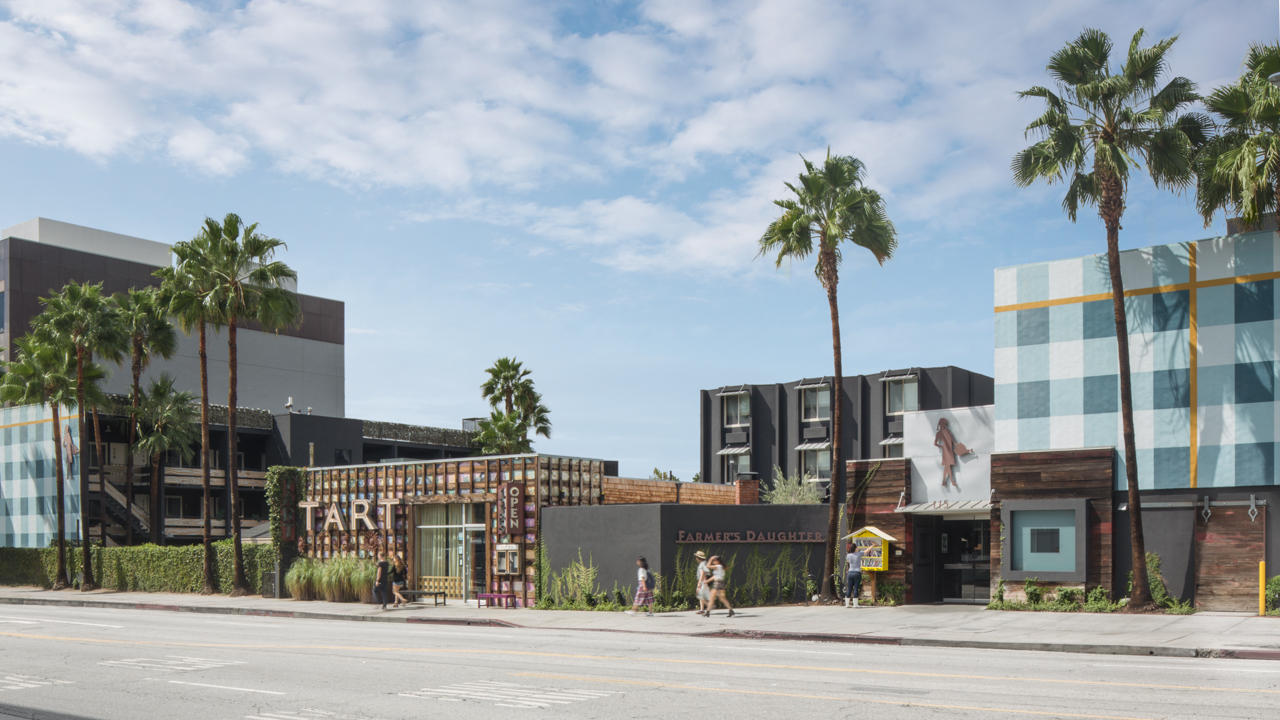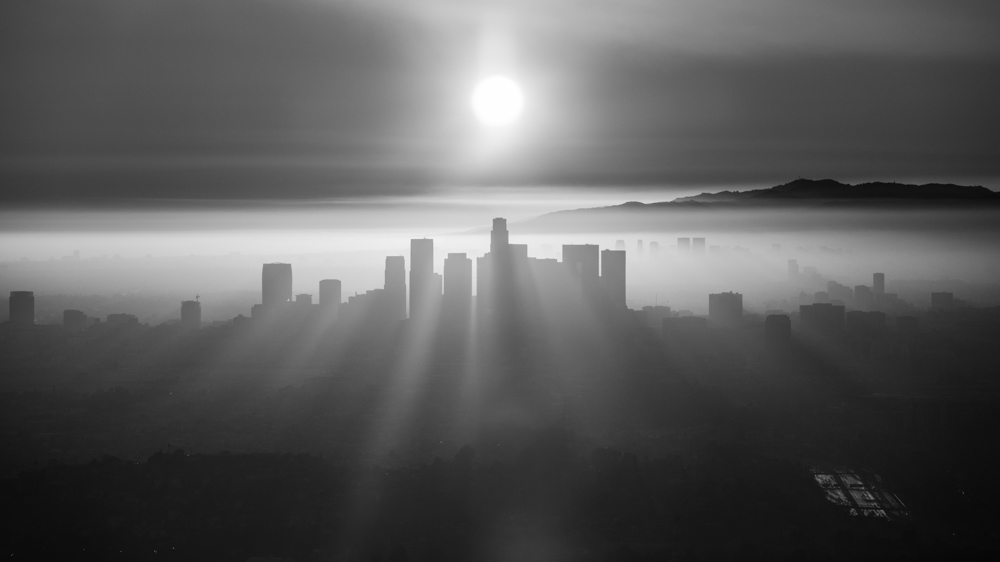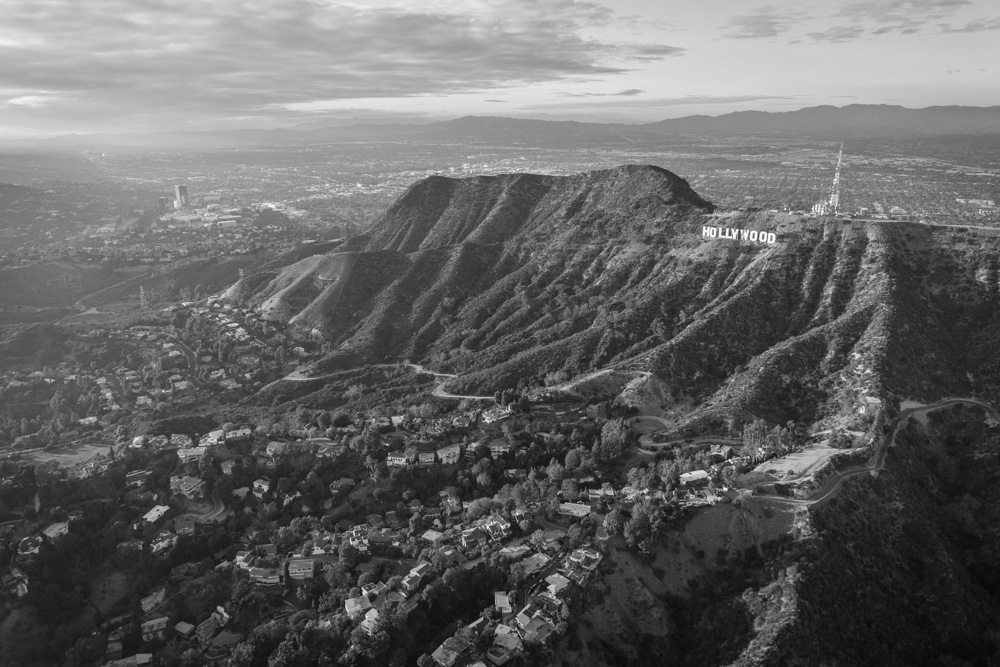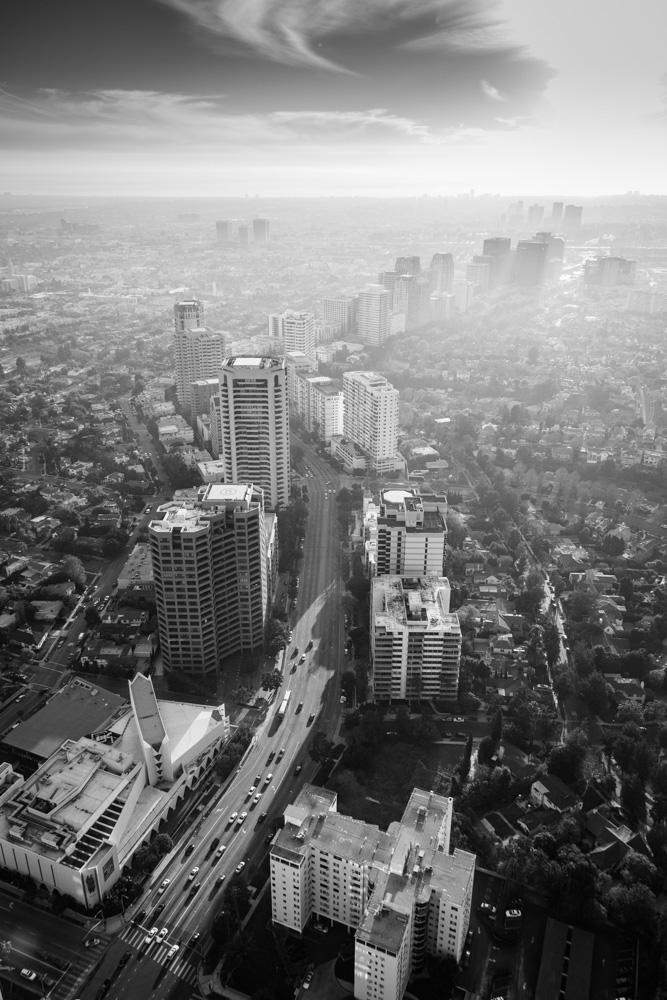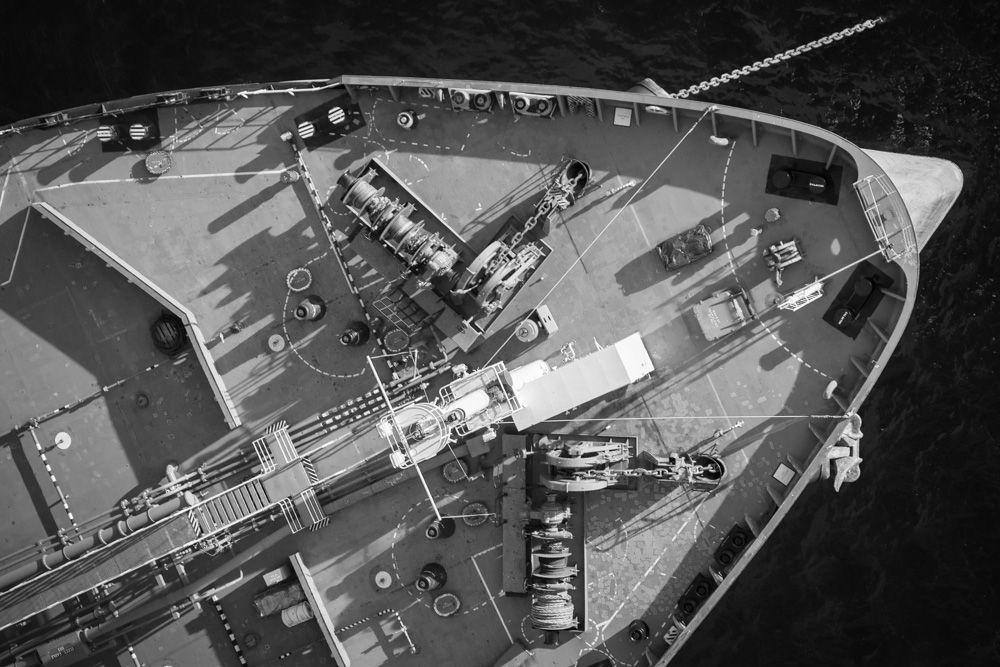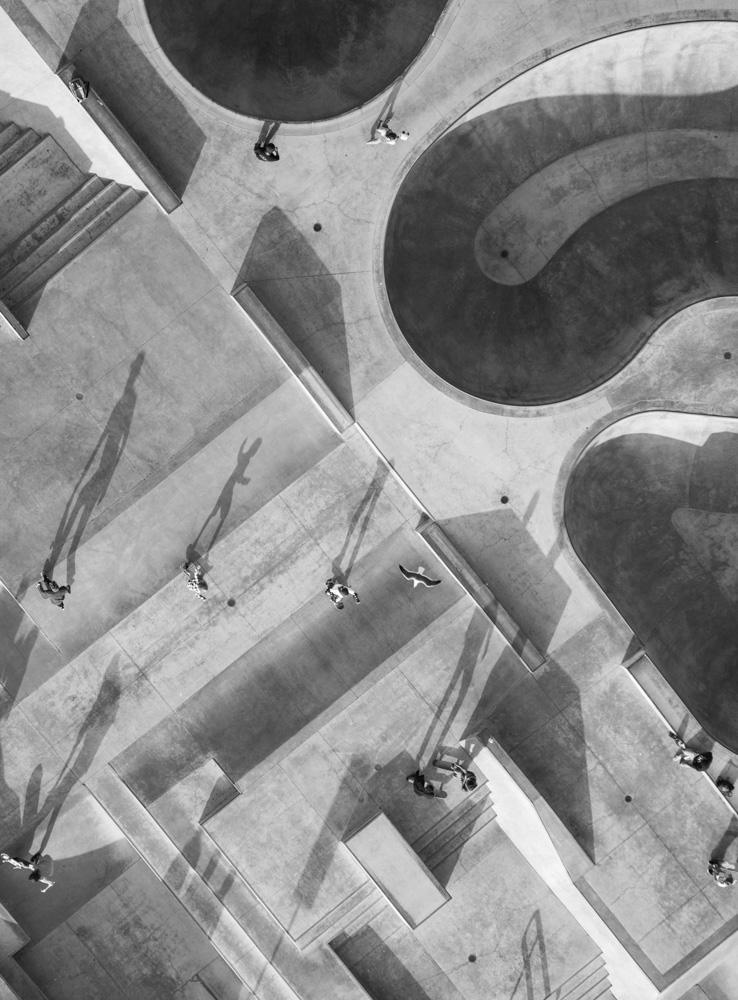I recently received an email from a student at the University of Lancashire in Preston, England, asking for a few minutes to answer some questions for a report he'd been working on. What I initially thought would be a five-minute email ended up turning into an hour-long type-a-thon! The student asked some wonderful questions and really got me to give up some good insight into my job and life, and as a result, I figured it was interesting enough to share with the world. I get asked most of these questions on a fairly regular basis, so it is good to make it permanent here on the blog. Enjoy! And thanks for the wonderful questions, Kaiz!
How long have you been an architectural photographer?
Five years
If you don't mind me asking, what made you go down that particular route?
I have always been interested in art and design, having studied painting, sculpture, graphic design, and digital art all through my formative years and in college. A chance encounter led to me meeting my first architectural client, and I found that it was the perfect marriage between my love of design, art, and photography. Or perhaps that is a ménages à trois, more specifically...
First things first, what's your process when you're out on a job? Do you give yourself some time to get familiar with what your shooting?
The process is mostly the same. I'll do a walkthrough on the day of shooting with the client, or a scout day beforehand to get familiar with the location. From there, it's a matter of finding the correct composition, glamorize the space with lighting at the right time of day, and then transform the composition with furniture movement and staging. After that, I try to translate the language of the architecture in post processing to bring elements forward using value, light, color, and so on, to create the finished image. It's a lengthy process.
How long does a shoot last? Do you go back and do re-shoots and if so, how many times?
For most residential projects, a shoot lasts one or two days. For commercial projects, things can last as long as a week. I'll go back to capture different light at different times of day if necessary, and try not to mess it up so bad that I have to do a re-shoot :)
How close do you you work with the architect and do they have a say in the final outcome?
Some architects want to be there to art direct everything, and some trust me completely. But at the minimum, we are having a face-to-face meeting or a walkthrough before the shoot to go over everything before I even take a single picture. It just depends on the architect/client.
Are there any other contemporary photographers within the industry that inspire you?
This may be weird but I try not to follow other architectural photographers' work. I am afraid that if I look at it too much, it will influence my style and pull my photographs away from the vision that I created in my head. But If I have to answer, I do really like Scott Frances' work, Frank Meyl's work. Julius Shulman is another big influence, not so much in his post-processing or vision, but in the way that he transformed the genre and went against the grain of what was the 'industry standard' at the time. He was really the first to add light and transform the composition in front of him.
I've just recently submitted my dissertation which tried to answer the question on whether Architectural Photography has as much to do with the photographer's vision than the architectural details? Do you believe that there is some truth in that?
In my opinion, it's really not either. I have some architects who want me to photograph little details that took forever to design, but who cares about details? People want to see how the house works, how it flows, how it's used, and how people live in and make the space their own. It's not JUST about the photographer's vision, either. I think my job is simple, and I don't want to get all preachy about vision this and vision that. Our job is to show what the building looks like, how it's used, and add a little zing to get people interested in it. I might take some flack for that but it's how I work - I'm personally trying to get away from shooting details and make more interesting photographs that show the space being used, working as a home or space.
Moving on, Is it often necessary to make changes to an interior in order to archive the desired result? For example, to swap the sofa or the commode, to select and hang a few pictures or arrange a delicious meal in the kitchen?
Every picture needs staging. It's like photographing a beautiful woman - you can either make her look terrible and shoot her straight on with flat light, a double chin, and no retouching, or you can pose the model properly, light her with great shadows and highlights, and retouch just enough to really make an incredible, evocative photo.
And following up on that, how does photographing the interior differ from the exterior? Are there any technical aspects that should be considered in terms of lighting and framing when approaching interior shoots?
Well, mostly I make sure I take my shoes off before photographing an interior. But seriously, I don't think there's a huge difference - I do mostly the same process for my interior and exterior shots, especially with regards to framing. I could take a half hour just finding the perfect shot, inside or outside.
Speaking of the technical aspects, how much of a role does post-processing play in your practice as an architectural photographer?
Post processing is huge. And I don't get why people think it's this terrible thing that architectural photographers need to avoid, to show the space just as it is - because as soon as you take a picture, even without post processing, the space isn't what it is, by the very nature of transforming a three-dimensional space into a two-dimensional image. Post processing is so important to evoke a mood, create a feeling, bring out textures, lead the eye around. I think of it like this...artists who paint photo-realistically; I think it's really cool and impressive. But I've never wanted to hang a photorealistic painting on my wall. No, I want a little abstraction, a little interpretation, some mood, some imperfection, some drama. I'm an artist, not a Xerox machine! I can't help it.
Are you in favour of the inclusion of people in architectural photography or do you believe that the architecture itself should be the main focus?
Of course the architecture should be the main focus, but sometimes you need a person in the shot to show how the space is used. A person in the photo doesn't necessarily need to change that, it can be a great, subtle addition without diverting attention. A person in the shot can also make an image SO much better by adding a touch of humanity and scale.
I was reading an article that Hufton+Crow did, where they explained their reasoning for the inclusion of people in their photographs, expressing their belief that it adds a sense of realism and a true visual account of the buildings primary function. Do you believe that to be the case?
I wouldn't say so much that it adds realism, but it adds scale and humanity more than anything. A human to anchor the scene can do so much when it comes to telling the story of the architecture. It can really soften the scene as well, and people can also be used to add motion and a place for the eye to go in the image. Adding people adds great dynamic to a photograph if done well.
Looking at your work, it's fair to assume that your clients are satisfied with what you've produced. I'm certainly envious but how do most of your clients find you? If you could suggest just one marketing tool to the beginner photographer what would it be?
Most of my clients find me via the internet. As far as one marketing tool...I would say make sure that your clients learn about who you are. I don't get why so many photographers insist on being this mysterious, artsy, boring persona - people are going to be spending 12+ hours a day with me. Why would I want them to think I'm weird as hell? If I'm shopping for someone that I'm going to spend so much time with, you better believe I want to know that they're going to be fun to hang out with. This is probably just as important as the images in my mind.
A lot of Commercial Architectural Photography has to do with self promotion and marketing but how do you get your name out there? Through word of mouth, social media or some other way?
All of the above, plus being a really nice person, having a good sense of humor, etc. There isn't just one way to do it, nor is there a book on it, but all of the above are definitely necessary in 2015.
In terms of cost, how do you decide how much is enough when charging clients for a particular job?
There are a million things to look at here. Right now I am trying to standardize my rate across the board to simplify everything a little bit. And honestly, I have no idea what I'm doing when it comes to pricing.
Do you find there are times when commercial shooting becomes boring and routine? And, if so, what does it depend on?
I would be lying if I said that it didn't. Just like any job there are gigs that just pay the bills and gigs that get me REALLY REALLY REALLY excited! Of course if I was perfect, I would get just as excited to shoot a Jack-In-The-Box bathroom elevation as I would to be the photographer of record on a new NYC highrise! But I am not perfect. But it depends on a lot of things - are the clients really fun? Is the job really exciting? Is the pay good? There are a lot of ways to get excited.
What are the most exciting and challenging architecture photography projects you’ve been involved in?
I just came back from nine days in Mexico working for one of the most prolific architects in Latin America. It was absolutely incredible in every way - experiencing a new culture, beautiful architecture, wonderful food, and an epic location all in one. I will look back when I'm 80 and tell tall tales of that gig.
What special skills and equipment would you consider essential when photographing architecture? What would your advice be to anyone thinking about taking up architectural photography?
Well, there are lots of special skills involved in finding composition, creating the right staging and styling, adding the right lighting, and finishing it off with good post production. Not to mention the business side of things. As far as equipment goes, you can check out my equipment list here - but my advice for anyone looking to get into this is to work hard and be brave. You may not be the best, but you CAN always be the hardest working guy out there, and that will take you really, really far. As long as you're not a giant asshole, that is.






